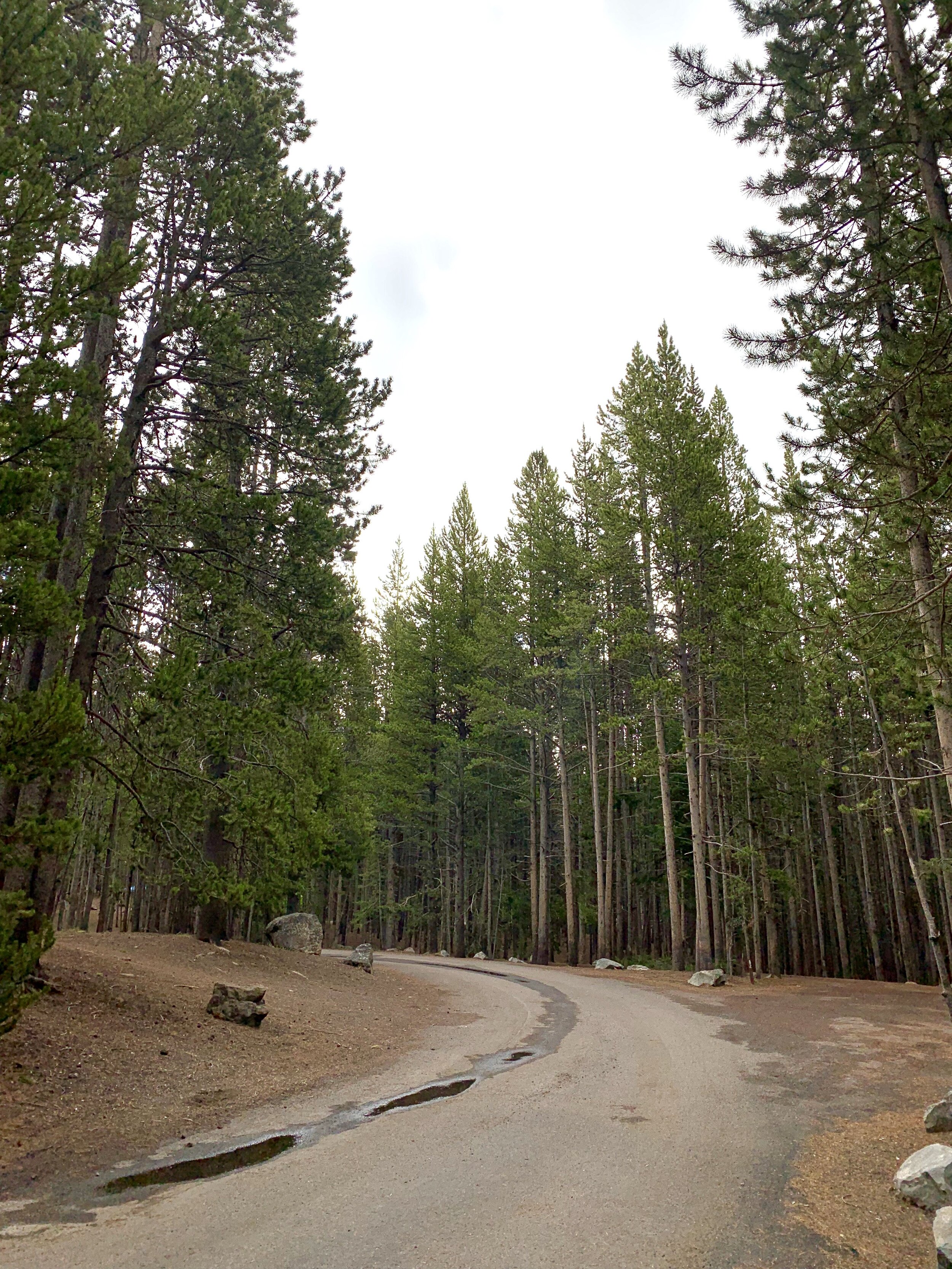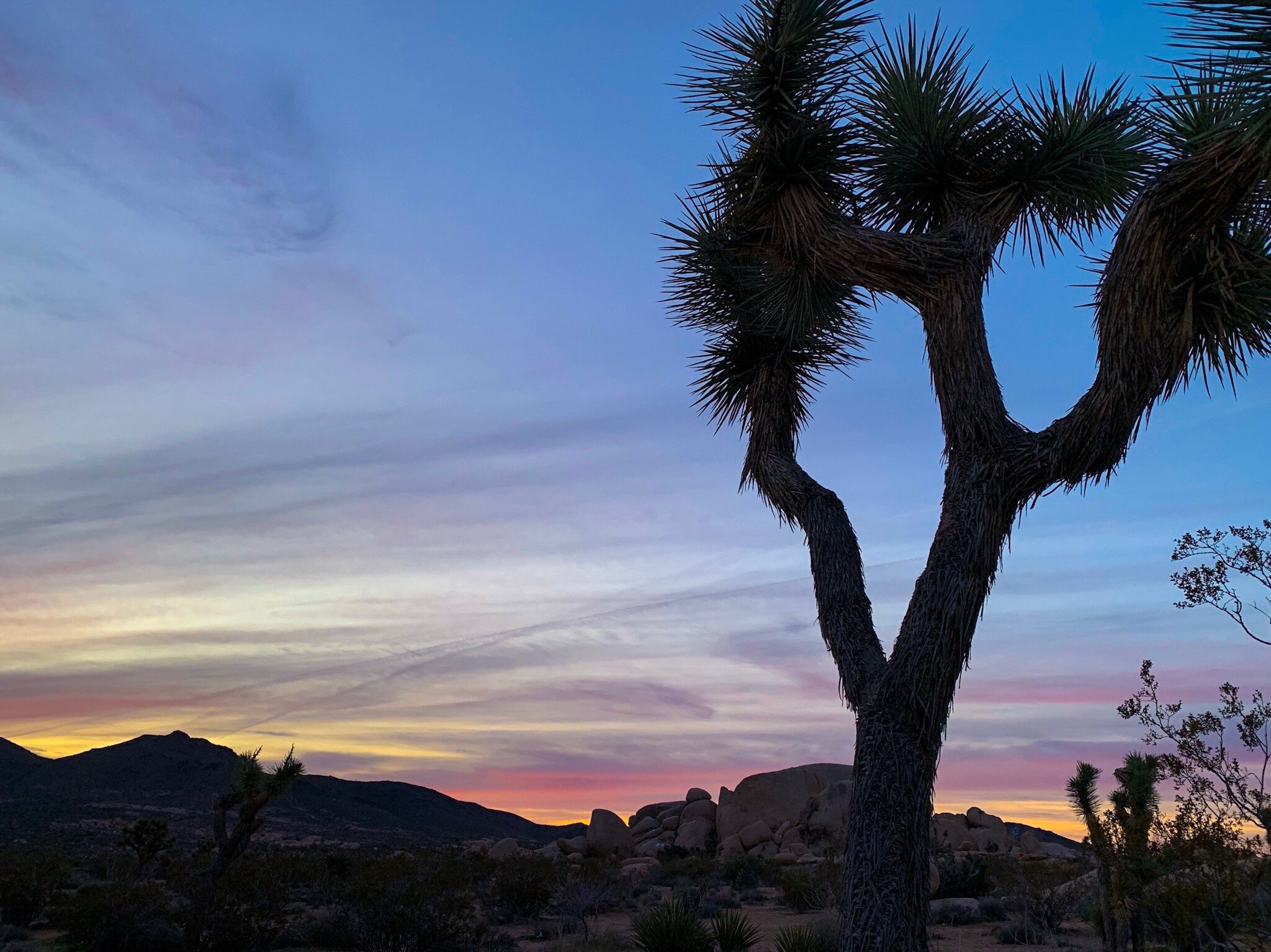And why they should be on your list for 2020
It’s no secret that I traveled a lot in 2019. I visited all 48 connecting states, 29 national parks (some more than once), and I’ll be ending my year in Southeast Asia. So many of these places made a huge impact on me as a traveler, a writer, and a solo person, but only a few can count as my favorites. Those places left a mark on me that I will never be able to shake, and I think I’ll spend my entire life trying to return to them as many times as I possibly can. This is a list of my absolutely favorite spots I visited during 2019, and why you should add them to your 2020 bucket list.
4: Acadia National Park, Maine
Acadia instantly drew me in as I drove around its loop road for the first time. Before visiting Acadia, I had no idea that you could experience pine trees and ocean in one spot, an experience I only ever saw here and in Olympic, WA. Acadia was also a bit of a sentimental stop for me, since it marked the halfway point in my trip around the country. Acadia is an absolutely mind-blowing place. It’s so unique in its landscape, is home to some crazy wildlife, and it’s one of the northernmost national parks in the continental US.
Why it should be on your 2020 bucket list:
Acadia is an absolutely beautiful spot that isn’t too crowded with tourists right now. It’s amazing for overlanders, since it’s nearby one of my favorite free camp spots I’ve ever stayed at, and has a little something for every type of traveler, from tourists who just want to drive the gorgeous road and look at the views, to climbers who want to do some crazy bouldering, to hikers who want to climb a mountain. There’s even a beach in the park that leads you to the Atlantic Ocean.
Acadia National Park, ME
3: Devils Tower, Wyoming
Devils Tower is one of the most unique things this country’s landscape has to offer. Devils Tower was formed by what used to be a volcano, and is now a sacred place for Native Americans and a popular climbing spot (just make sure you get your permit first!). Devils Tower is located in the American Grasslands, and is home to wildlife such as prairie dogs. The park contains about 8 miles worth of hiking trails and plenty of opportunities to view the tower.
Why it should be on your 2020 bucket list:
Devils Tower is definitely living in the shadow of its Wyoming brother and sister: Yellowstone and the Tetons. It’s a smaller park, but it’s so unique compared to the rest of this country’s landscapes. Don’t miss an opportunity to experience it, especially now that the prairie dog populations are doing really well.
Check out my free guide to Devils Tower!
Devils Tower, Wyoming
2: The Grand Canyon, Arizona
The Grand Canyon is one of those places you have to see at some point in your life. It’s incredibly vast, and has far more to offer than many people think. I had some incredible wildlife encounters here, and completed one of my favorite hikes I’ve ever done, the South Kaibab Trail. The Grand Canyon is so much more than people give it credit for because of its popularity with tourists, and honestly, was an emotional experience. I’d dreamed of seeing the Grand Canyon for a long time, which is part of the reason it was the site of my first solo trip, all the way back in March. Regardless of emotional attachment though, make sure you visit, especially if you’ve never been to Arizona.
Why it should be on your 2020 bucket list:
The Grand Canyon is just going to get more crowded as travel becomes more accessible. Make sure you see it before it’s completely crowded with tourists, and, who am I kidding? It’s the Grand Canyon! If you haven’t seen it yet, you need to. I promise it’s more than you think.
View from Mather Point in the Grand Canyon, Arizona
1: Glacier National Park, Montana
Glacier is hands down my favorite place on Earth right now. From the towering mountains, wildlife you can’t find anywhere else, perfect campground, and of course, glaciers, Glacier National Park is popular for a reason. This is one of the largest national parks I’ve been to, and also one of the most popular. It’s located right on the Canadian border, and no matter where you go, the views are more than you could have ever dreamed them to be. Here, you can spot waterfalls, mountain goats, and grizzly bears, and complete my favorite hike in the world, Grinnell Glacier. (Tip: Many Glacier, where the hike is located will be under construction in 2020, so make sure you plan accordingly)
Why it should be on your 2020 bucket list:
Let’s face it, Glacier’s glaciers are melting. The sooner you make time to go see them, the better. Right now, there was still ice in August, but as the years go on, the amount of glaciers in the park is dwindling, so make sure you see them before it’s too late.
View from the High Line Trail in Glacier National Park, Montana
2019 was a game-changing year for me in terms of travel. I visited some of the most beautiful places in the United States, and its inspired me to expand and maybe cross some borders next year, in 2020. Tune in next week to hear my 2020 travel goals, and get inspired to add to your own list in this new decade!
To help you start planning an epic 2020 trip, check out my ebook: Around the States in 90 Days.



























